E-commerce Growth
The Christmas Tree Market is witnessing a significant shift towards e-commerce, driven by changing consumer preferences and advancements in technology. Online retail platforms have become increasingly popular for purchasing Christmas trees, offering convenience and a wider selection. Data indicates that online sales of Christmas trees have surged, with many consumers opting for home delivery services. This trend is particularly pronounced among younger demographics, who favor the ease of shopping from home. Retailers are adapting to this shift by enhancing their online presence and providing detailed product descriptions, images, and customer reviews. As e-commerce continues to expand, the Christmas Tree Market is poised to capitalize on this trend, potentially leading to increased sales and market penetration.
Innovative Tree Designs
The Christmas Tree Market is evolving with the introduction of innovative tree designs that cater to diverse consumer preferences. Manufacturers are increasingly focusing on creating unique and aesthetically pleasing trees, which may include pre-lit options, color-changing lights, and customizable features. This innovation not only enhances the visual appeal of Christmas trees but also addresses the growing demand for convenience and ease of use. Market data suggests that consumers are gravitating towards trees that offer both functionality and style, leading to a rise in sales of these innovative products. As the industry continues to innovate, it is likely that the Christmas Tree Market will see a shift in consumer purchasing behavior, with an emphasis on unique designs that reflect personal tastes.
Sustainability Initiatives
The Christmas Tree Market is increasingly influenced by sustainability initiatives, as consumers become more environmentally conscious. There is a growing preference for sustainably sourced Christmas trees, whether real or artificial. Data indicates that sales of organic and eco-friendly trees are on the rise, as consumers seek products that align with their values. Additionally, many retailers are adopting sustainable practices, such as offering recycling programs for used trees and promoting trees that are grown using environmentally friendly methods. This shift towards sustainability not only appeals to eco-conscious consumers but also positions the Christmas Tree Market favorably in a competitive landscape. As awareness of environmental issues continues to grow, the industry may see further demand for sustainable options.
Increased Consumer Spending
The Christmas Tree Market is experiencing a notable increase in consumer spending, particularly during the holiday season. As disposable incomes rise, consumers are more inclined to invest in premium Christmas trees, both real and artificial. According to recent data, the average expenditure on holiday decorations, including Christmas trees, has seen a steady upward trend, with consumers willing to allocate a larger portion of their budgets to create festive atmospheres. This trend is further supported by the growing popularity of themed decorations, which encourages consumers to purchase multiple trees or additional accessories. Consequently, the Christmas Tree Market is likely to benefit from this heightened consumer enthusiasm, as families seek to enhance their holiday experiences through elaborate displays and decorations.
Cultural and Regional Variations
The Christmas Tree Market is shaped by cultural and regional variations that influence consumer preferences and purchasing behaviors. Different regions have distinct traditions and customs associated with Christmas celebrations, which can affect the types of trees that are popular. For instance, certain areas may favor specific species of real trees, while others may prefer artificial options. Market data suggests that understanding these regional preferences is crucial for retailers aiming to optimize their offerings. Additionally, cultural events and festivals can drive demand for Christmas trees, as communities come together to celebrate. By recognizing and adapting to these cultural nuances, the Christmas Tree Market can enhance its market strategies and better serve diverse consumer bases.


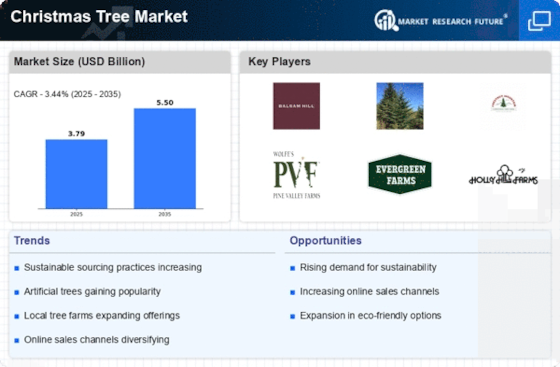
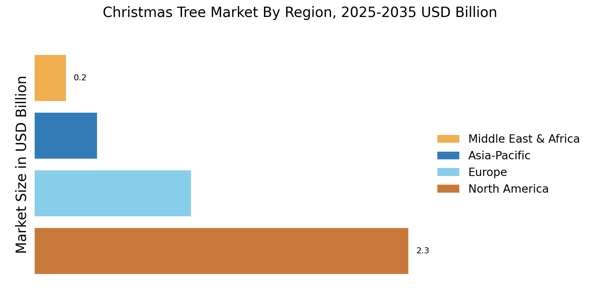
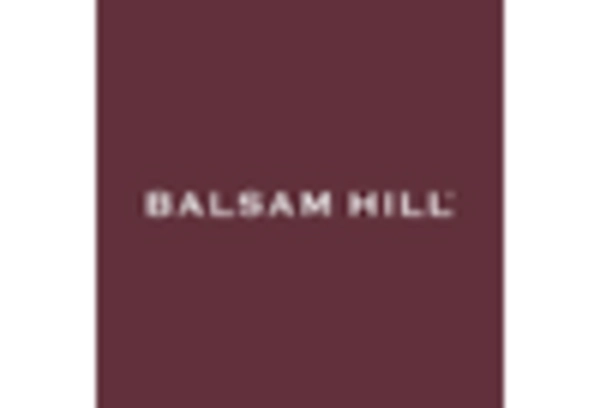
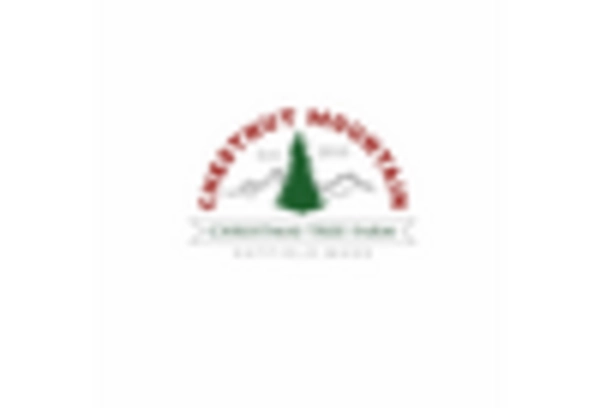
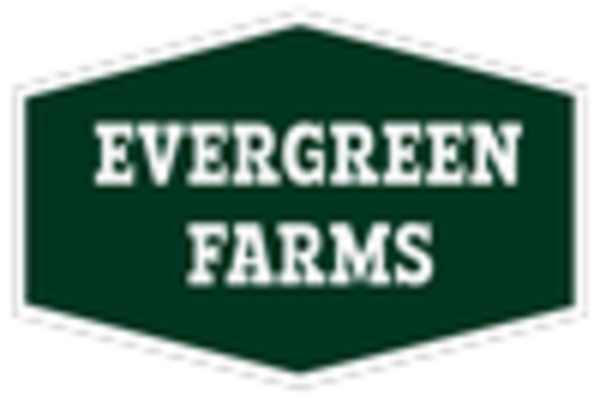

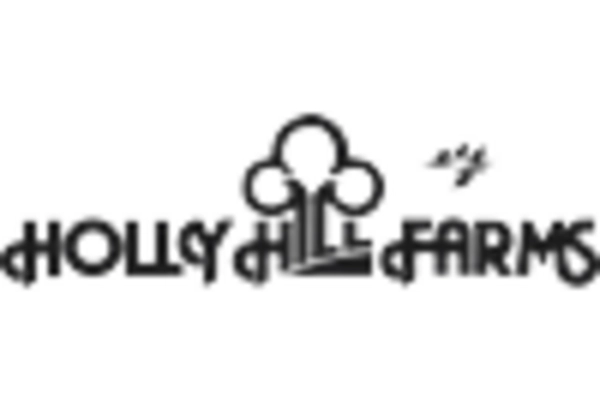
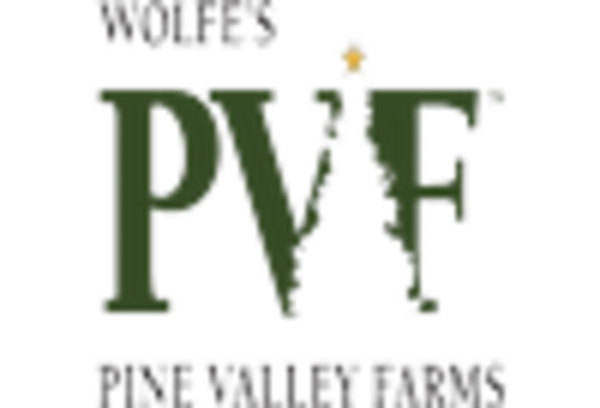








Leave a Comment